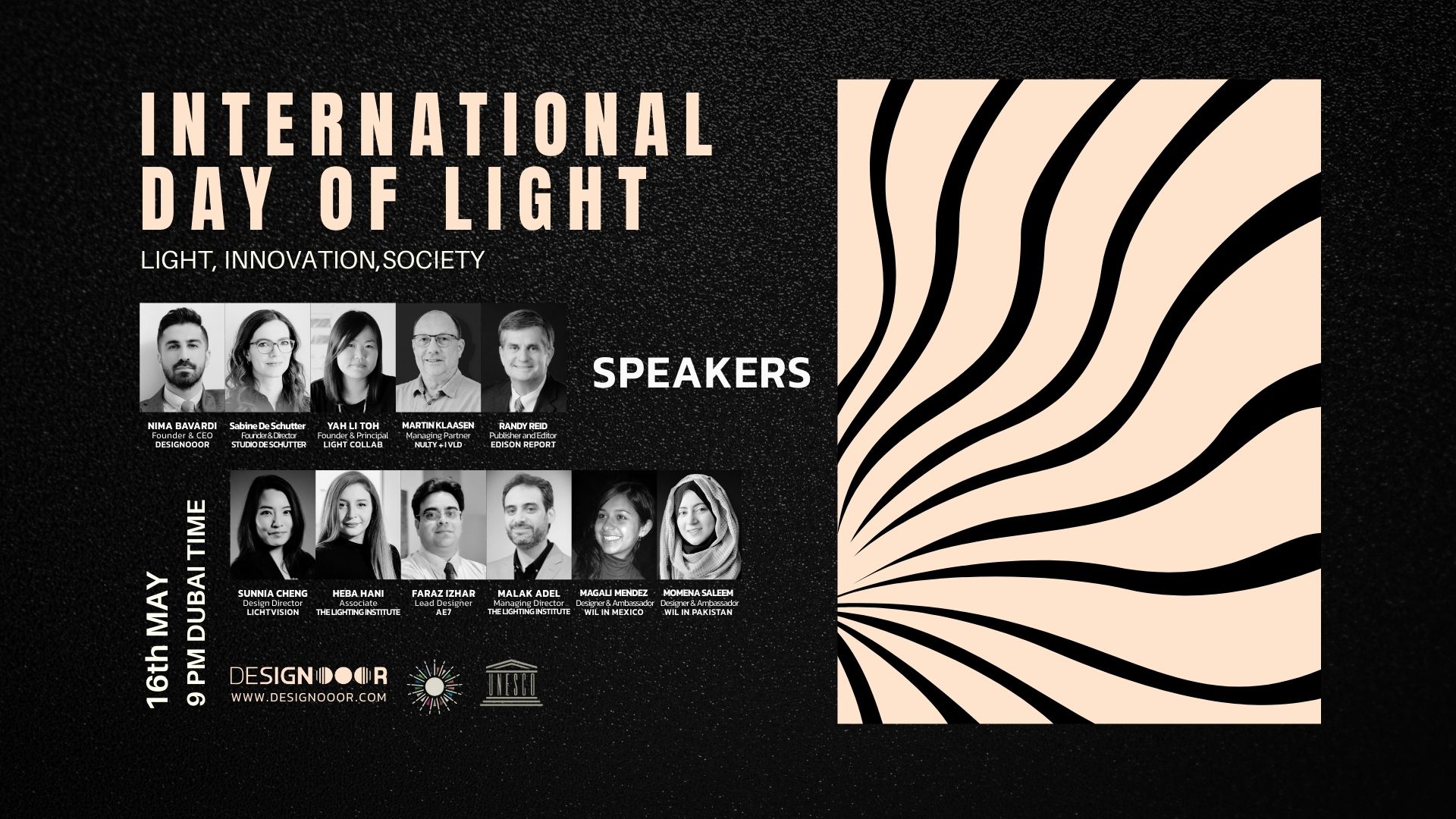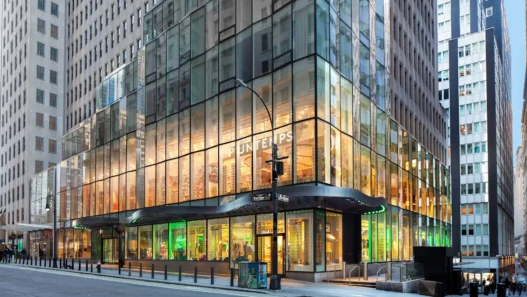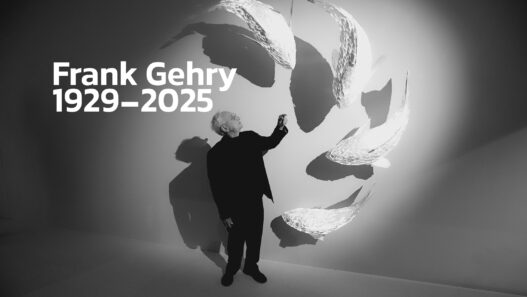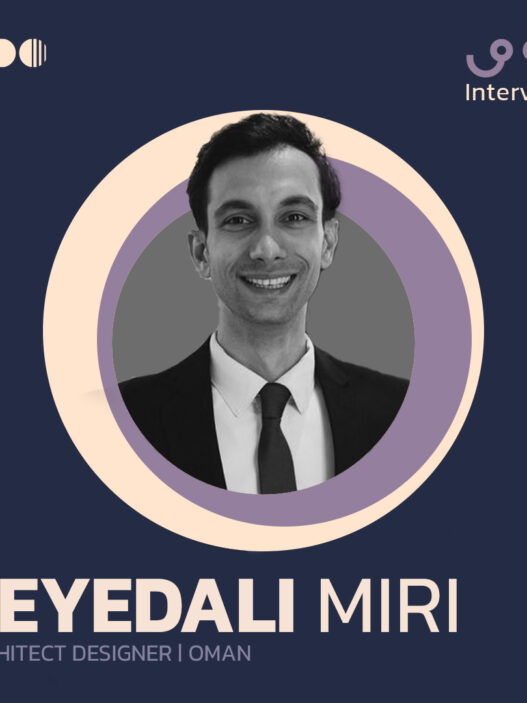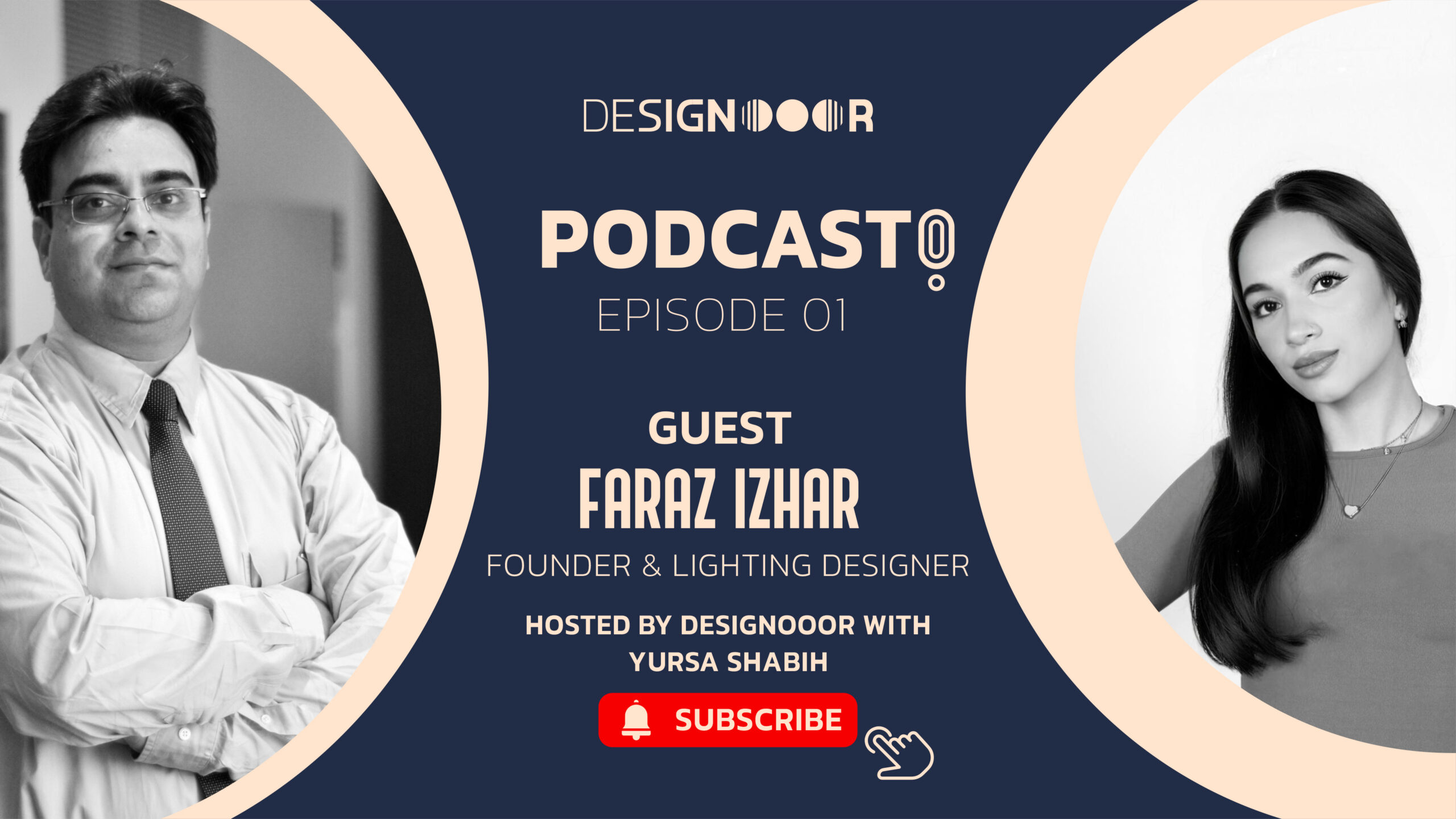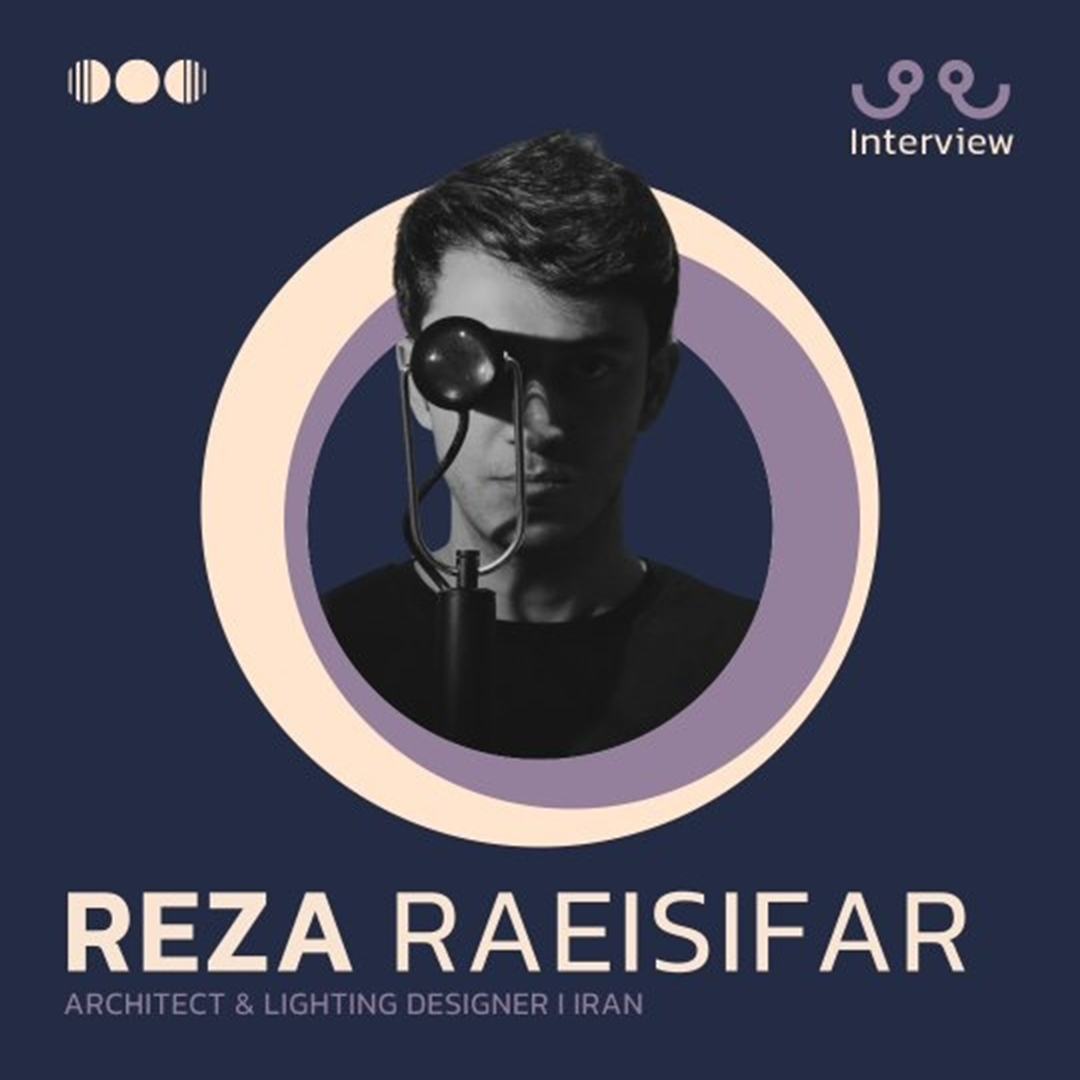PEYMAN KIANI FALAVARJANI
ARCHITECT DESIGNER
Peyman Kiani Falavarjani was born in Esfahan, Iran. He grew up in a family with an industrial background; therefore, he had to work in his father’s workshop, from childhood until the end of high school. But although he had good talent in the industry, he loved buildings since he was a child. He designed many projects in architecture and interior design and received several awards. He holds a bachelor of since in architecture degree from Glastonbury University. Later in 2012, he went on to complete his master’s degree in architecture. He has a passion for designing buildings that people are happy in where, like a hotel, bar and restaurants. He believes that a good design in a place should make people want to be there many times or travel to that place.nHe considers the emotional connection between the space and its user, a key factor which followed by aesthetics, ergonomics, usability, and functionality defines a good design. This is the perspective that forms his manifest as an architect.
Designooor: What first drew you toward architecture and interior design?
It was during my elementary school years that I first encountered a subject called geometry. Although I was a playful child and often avoided memorization-heavy subjects, I immediately fell in love with geometry. I would spend hours after school immersed in geometric exercises.
One of the most fascinating aspects of geometry for me was working with its tools—ruler, compass, set square, protractor, and so on. From the very beginning, I preferred drawing over writing.
My mother recalls a moment when we were hosting a group of cultured friends at home. While the adults were deep in conversation, I was quietly absorbed in my own world, sketching geometric shapes. One of the guests took notice, studied my drawings carefully, and remarked, “This child has an incredible talent for design.”
And that’s how, from a young age, I was introduced to the world of geometry—and fell in love with lines, shapes, and the art of drawing.
Designooor: Which of your projects best represents your design philosophy and vision?
Among our completed projects, the **Mercury
Among all our completed projects, the Mercury Hotel is the one that most closely reflects my personal vision and design philosophy.
The conceptual foundation of the Mercury Hotel was inspired by the transition from life on land to life beneath the sea. On land, even birds ultimately live grounded, tied to the earth. But underwater, every creature is suspended in space. Beneath the surface, geometry transforms completely.
When you observe a seashell, a jellyfish, a starfish, or similar marine creatures, you can clearly sense this dramatic shift in form. Yet, strangely, we often overlook it—perhaps because these shapes are so accessible, so familiar, that we take them for granted.
However, I believe that what is overlooked is actually fundamental: the true cradle of life on Earth is not on land, but beneath the water.
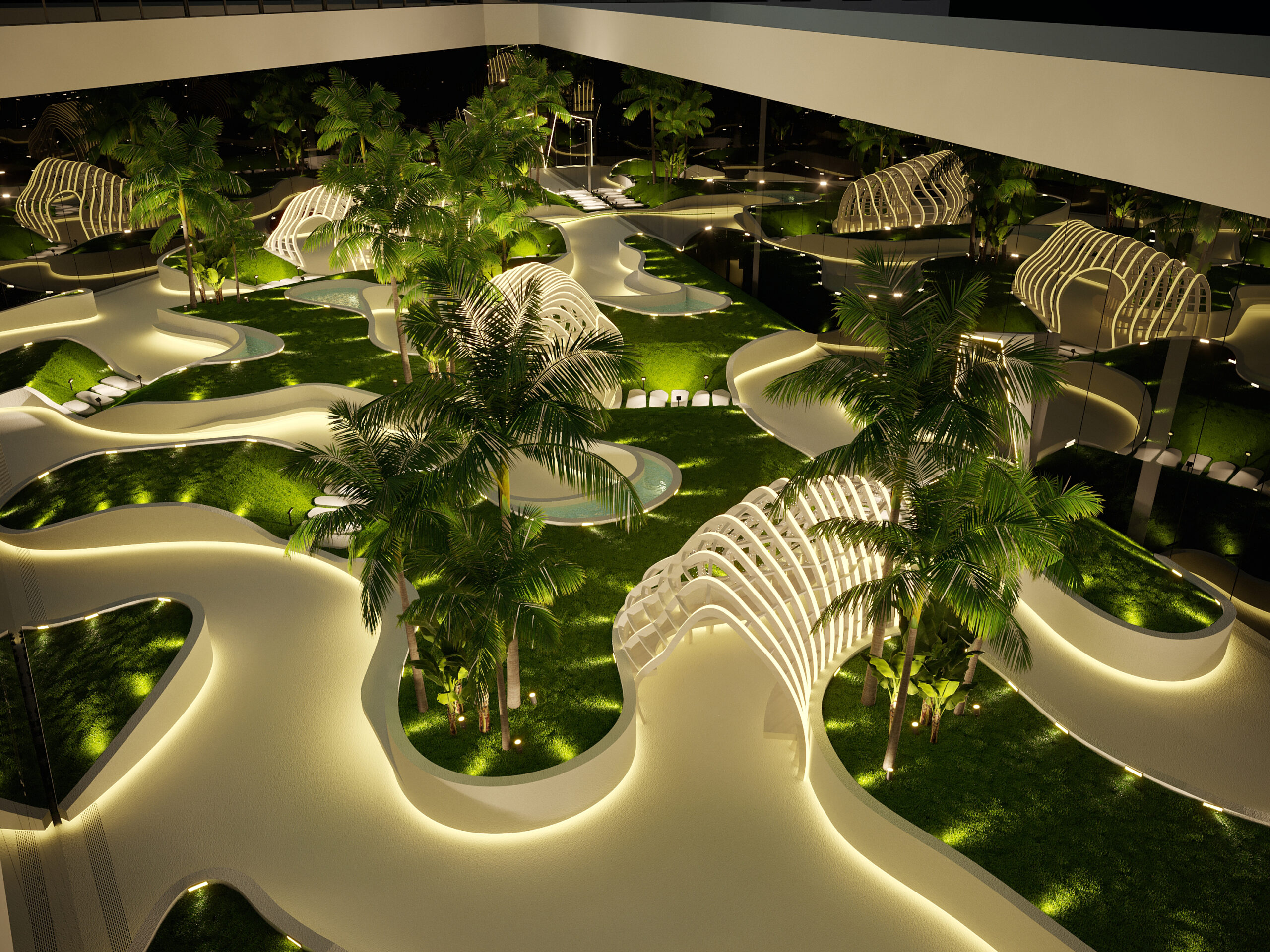
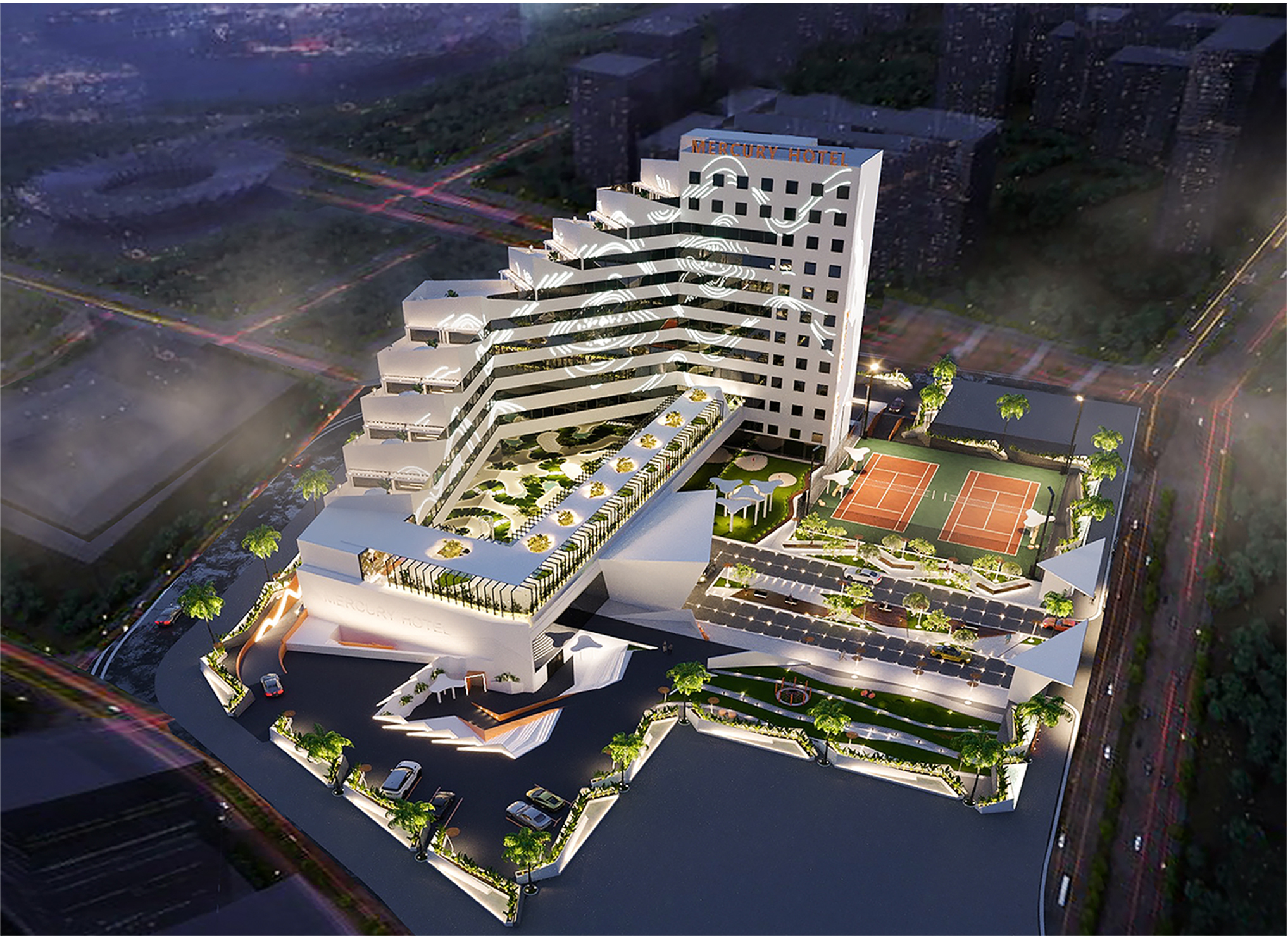
Designooor: In projects like Roble Restaurant, lighting seems to go beyond function and become a core design language. How do you approach lighting during your design process?
In my view, light is one of the most vital tools in design. We experience and understand nature through light and shadow—from the glow of sunrise to the warmth of sunset, and from the rising moon to the soft illumination of moonlight that gives the night a new character.
To remove light from architecture is akin to removing a limb from the human body and still expecting it to function as a whole. For me, light in architecture is as essential as structure itself.
The connection between a designer’s vision and the viewer becomes profoundly meaningful through thoughtful lighting. Light empowers a space. It reinforces the identity of a building. It gives architecture a radiant soul.
I truly believe that light has the power to transform a good design into something dreamlike.
Designooor: What sources of inspiration have had the greatest influence on your design style?
For me, nature is the greatest source of inspiration.
I believe that any designer or artist who possesses a deep awareness and understanding of their surroundings will inevitably appear to be a more creative and insightful individual.
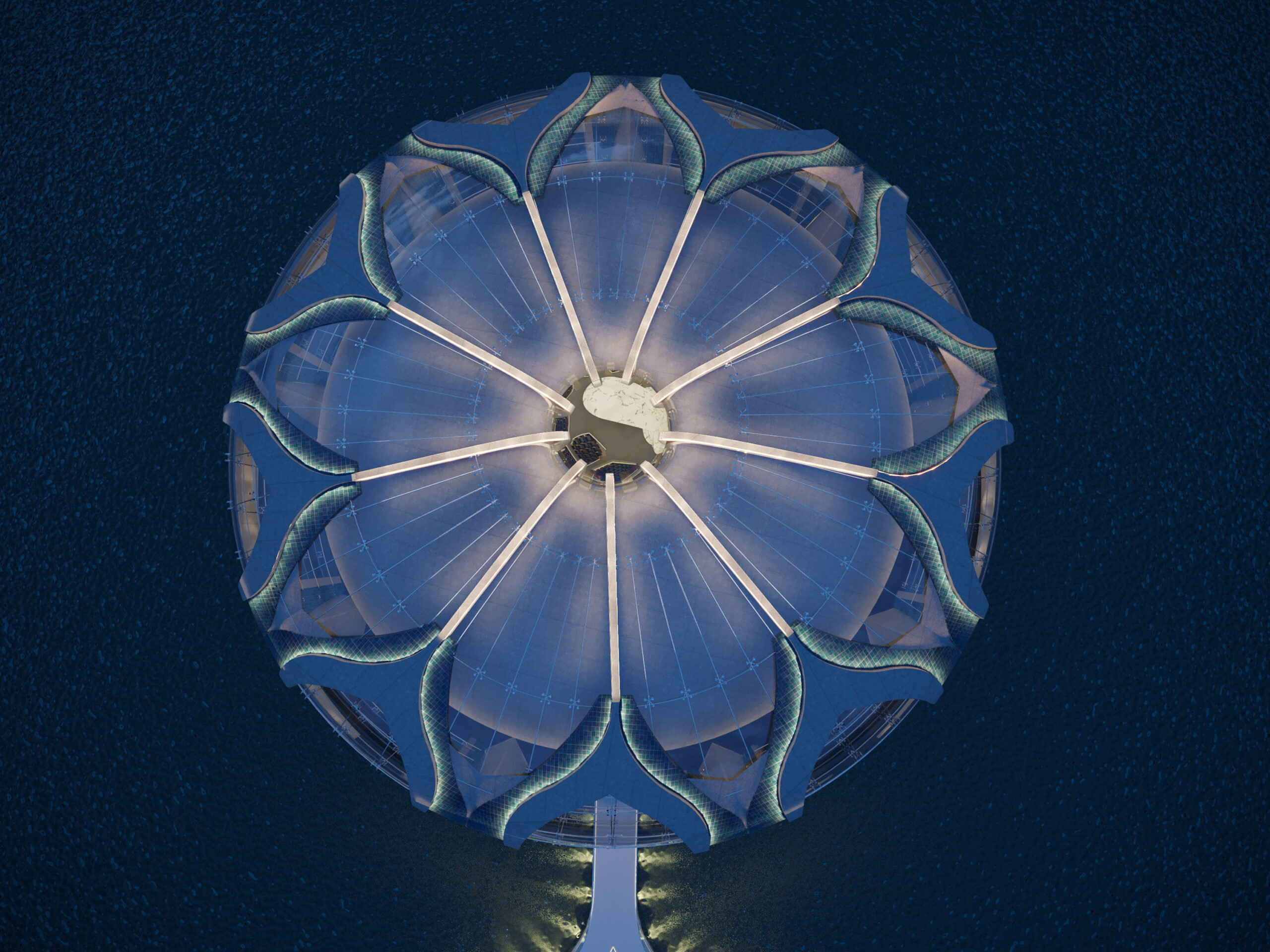
Designooor: How would you describe your philosophy when it comes to integrating lighting into architectural and interior design?
All great works of architecture establish a dialogue with their audience.
At times, this dialogue may not be immediately understood by the general public. Lighting, however, acts as a translator—conveying the message, mood, and essence of the space. It delivers a powerful sense of the identity the architect envisioned, offering the viewer a more complete and emotional understanding of the work.
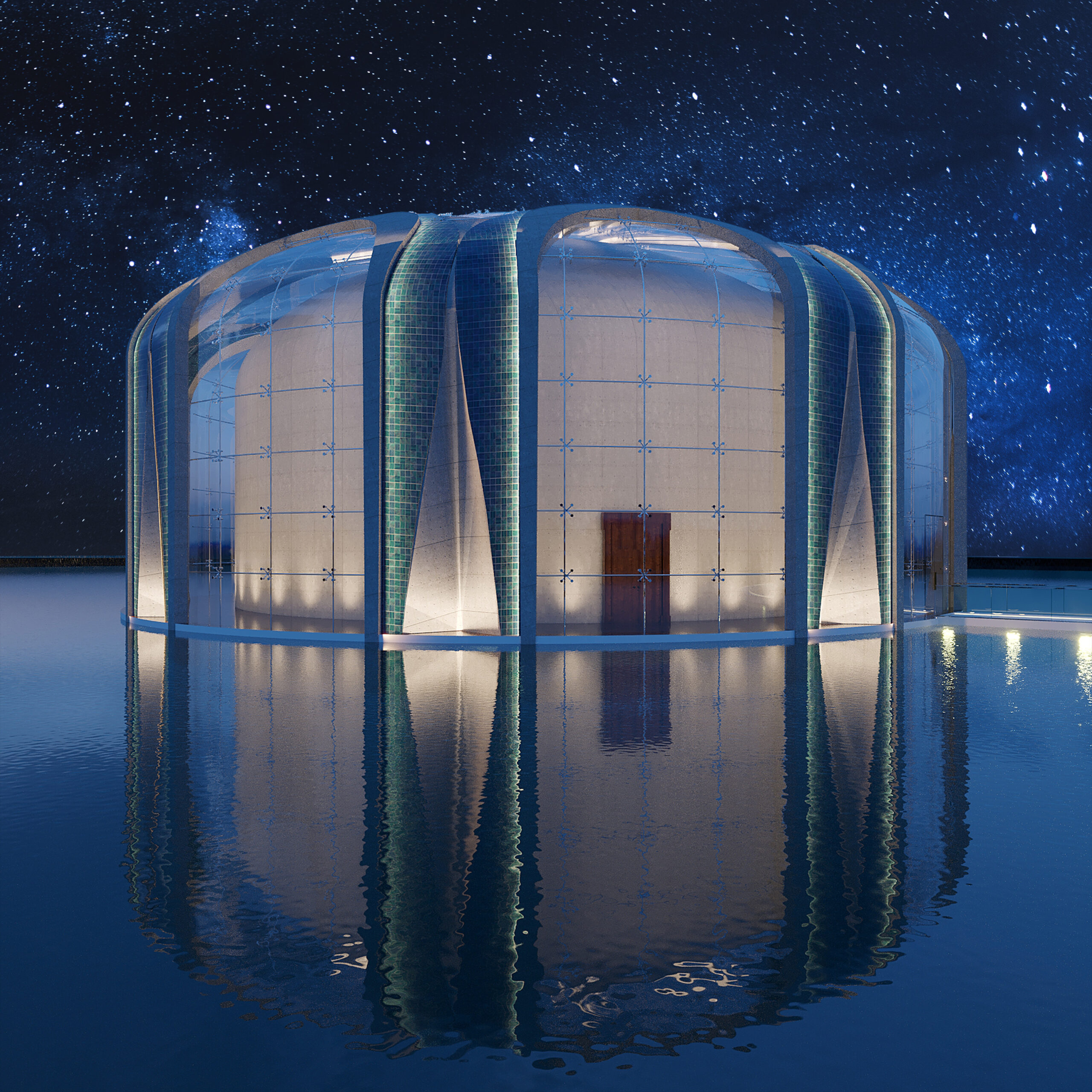
Designooor: When do you personally feel most creative?
I can’t say exactly when it happens, but I’ve noticed that moments of intense observation have a strong impact on my mind—especially when I’m immersed in nature or traveling.
Interestingly, many of my ideas and designs come to me in dreams. I often wake up—sometimes around 4 or 5 in the morning—with a vivid concept in mind. That’s why I always keep a pen and paper by my bedside, ready to capture the inspiration before it fades.
Designooor: As an architect, what kind of responsibility do you feel toward society and the environment?
Architects are truly fortunate—they are granted the rare privilege of dedicating a part of the Earth as the canvas for their design and expression. But with that privilege comes a profound responsibility.
My first responsibility is toward nature. This applies not only to the forms and concepts I choose to work with, but also to how I approach energy efficiency and sustainability.
The second responsibility lies in the realm of society and human interaction. The impact an architect can have on the behavior and well-being of a community is both significant and powerful. Architecture shapes not only spaces, but also the way people live, connect, and experience the world.
Designooor: What advice would you give to young architects who want to deepen their understanding of light?
If young architects spend time in nature and observe the profound effect of light and shadow in enhancing its beauty, they will begin to understand the immense impact these elements have in architectural design.
As my friend Aydin Arjomand, a lighting engineer, once said:
“Lighting design is not about placing lamps or fixtures—it’s about crafting the experience of light itself.”The meaning that light brings to a space is far beyond the selection of light sources. It’s about how light defines form, evokes emotion, and communicates with those who encounter the work.
